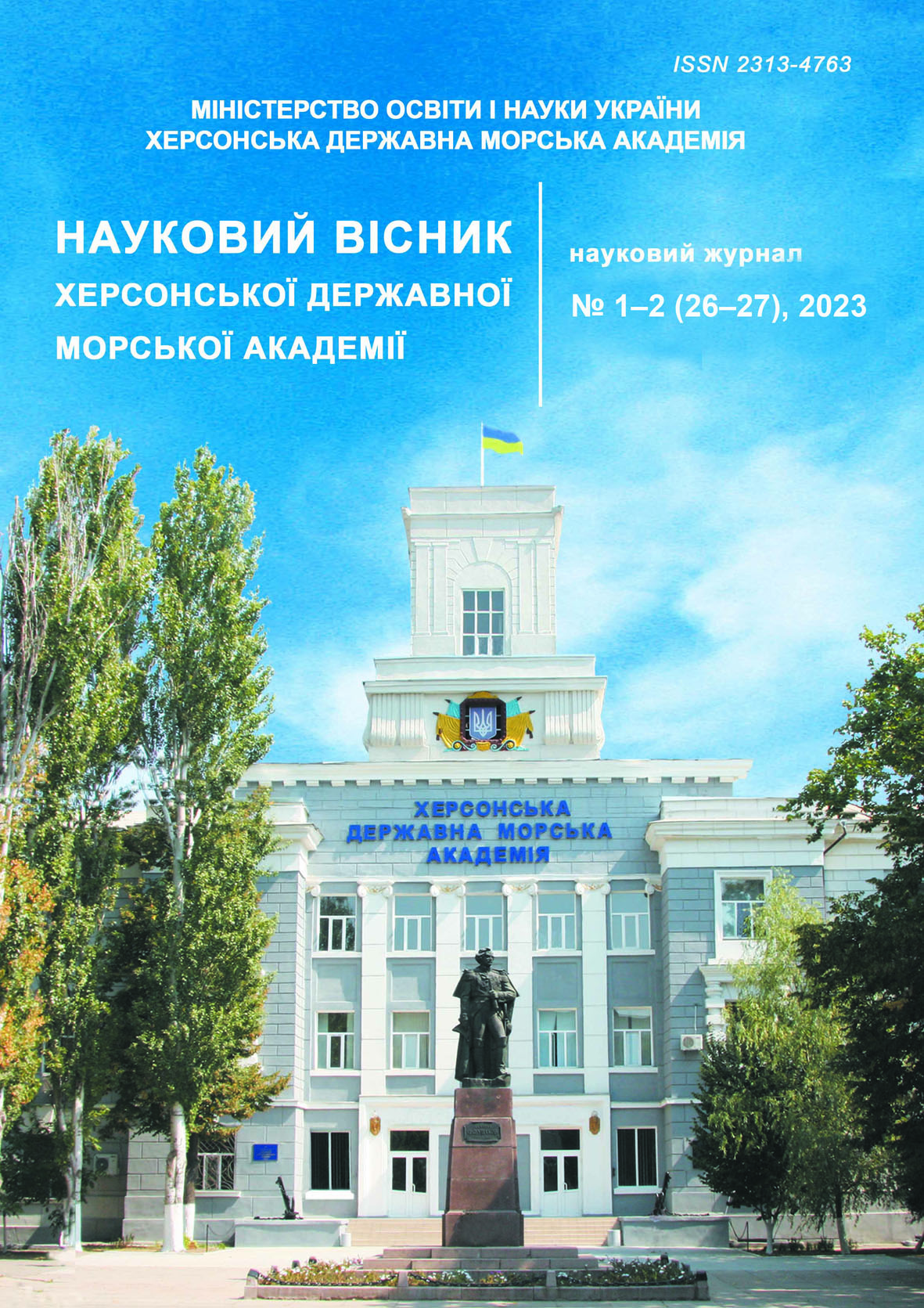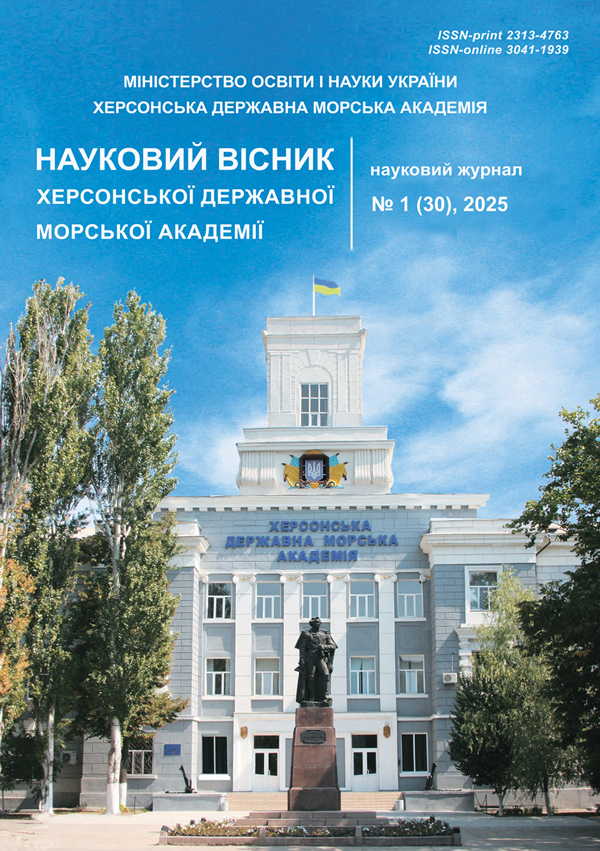SPECIFICS OF MATHEMATICAL AND COMPUTATIONAL MODELING OF CAR AERODYNAMICS WITH A REAR WING
https://doi.org/10.33815/2313-4763.2025.1.30.237-246
Abstract
This article explores the specifics of mathematical and computational modeling of automotive aerodynamics involving a rear wing. The main focus is on assessing the degree to which the aerodynamic effects of the rear wing and the vehicle body can be considered additive when analyzed separately. Due to the inherent nonlinearity of the Navier–Stokes equations, and even more so with the inclusion of turbulence modeling equations, complete additivity is theoretically unattainable. Nevertheless, this question remains practically important, particularly given that rear wings are often sold as aftermarket aerodynamic components with manufacturer-quoted downforce values derived from simulations or tests performed in isolation from the vehicle.
To investigate this issue, a series of numerical experiments were conducted using CFD techniques that replicate wind tunnel testing conditions. The simulations addressed an external flow problem using the k-ε turbulence model. Three configurations were modeled and compared: the vehicle without the rear wing, the standalone rear wing in free stream, and the complete vehicle with the rear wing installed.
The results show that the downforce generated by the wing when mounted on the vehicle is greater than that produced by the same wing in an isolated flow. Similarly, the aerodynamic drag of the rear wing increases when it is installed on the car. These differences arise due to modifications in the flow field caused by the presence of the vehicle body. Specifically, the airflow velocity approaching the wing is higher when the wing is mounted on the vehicle than under free stream conditions. Additionally, significant vortex structures are formed in the space between the wing and the vehicle body, which contribute to a localized pressure drop behind the wing and in this intermediate region. This intensified vortex activity results in greater aerodynamic forces compared to those observed in the isolated case.
References
2. Volkov, V. P., & Vilskyi, H. B. (2010). Teoriia rukhu avtomobilia: pidruchnyk. Sumy: Universytetska knyha.
3. Katz, J. (2016). Automotive aerodynamics. Chichester: John Wiley & Sons.
4. McBeath, S. (2006). Competition car aerodynamics: A practical handbook. Haynes Publishing.
5. Katz, J. (1995). Race car aerodynamics: Designing for speed. Cambridge: Bentley Publishers.
6. Shkvar, Y., Kandume, J., & Redchyts, D. (2024). The key role of modern aerodynamic trends in increasing the energy efficiency of high-speed vehicles. Transport Problems, 19(1), 63–70. https://doi.org/10.20858/tp.2024.19.1.09
7. Hucho, W.-H. (1998). Aerodynamics of road vehicles (4th ed.). SAE International.
8. Genta, G. (2006). Motor vehicle dynamics – Modeling and simulation. World Scientific Publishing Company.
9. Zhang, Y., Jian, J., Wang, G., Jia, Y., & Zhang, J. (2022). Research on vehicle aerodynamics and thermal management based on 1D and 3D coupling simulation. Energies, 15(18), 6783. https://doi.org/10.3390/en15186783.
10. Janson, T., & Piechna, J. (2015). Numerical analysis of aerodynamic characteristics of a high-speed car with movable bodywork elements. Archives of Mechanical Engineering, 62(4), 451–476.
11. Yehorov, A. A., Kulychenko, P. N., Rusanov, S. A., & Lobov, O. O. (2019). Vykorystannia detaley skladnykh profiliiv dlia zmenshennia aerodynamichnoho oporu [Use of complex-profile parts to reduce aerodynamic drag]. Visnyk KhNTU, (3)70, 22–30.
12. Piechna, J., Kurec, K., Broniszewski, J., Remer, M., Piechna, A., Kamieniecki, K., & Bibik, P. (2022). Influence of the car movable aerodynamic elements on fast road car cornering. Energies, 15(3), 689. https://doi.org/10.3390/en15030689.
13. Roberts, L. S., Correia, J. J., Mark, V., Finnis, M. V., & Knowles, K. (2015). Aerodynamic characteristics of a wing & flap configuration in ground effect & yaw. Proceedings of the Institution of Mechanical Engineers, Part D: Journal of Automobile Engineering, 230, 841–854. https://doi.org/10.1177/0954407015596274.
14. Kurec, K., & Piechna, J. (2019). Influence of side spoilers on the aerodynamic properties of a sports car. Energies, 12, 4697. https://doi.org/10.3390/en12244697.
15. Szudarek, M., & Piechna, J. (2021). CFD analysis of the influence of the front wing setup on a time attack sports car’s aerodynamics. Energies, 14, 7907. https://doi.org/10.3390/en14237907.
16. Rusanov, S. A., Shyltsyn, Ya. V., Shatokhina, I. A., & Drozdov, M. S. (2025). Modeliuvannia aerodynamiky avtomobiliv z vrahuvanniam antykryla dlia pokrashchennia shcheplennia z trasoiu. Materialy XII Vseukrainskoi naukovo-praktychnoi konferentsii zdobuvachiv vyshchoi osvity ta molodykh vchenykh z avtomatychnoho upravlinnia, prysviachenoi Dniu raketno-kosmichnoi haluzi Ukrainy (p. 154). Kherson–Khmelnytskyi: Vydavnytstvo FOP Vyshemyrskyi V. S.
17. Mohammadi, B., & Pironneau, O. (1994). Analysis of the K-Epsilon turbulence model. Chichester, West Sussex: John Wiley & Sons.






